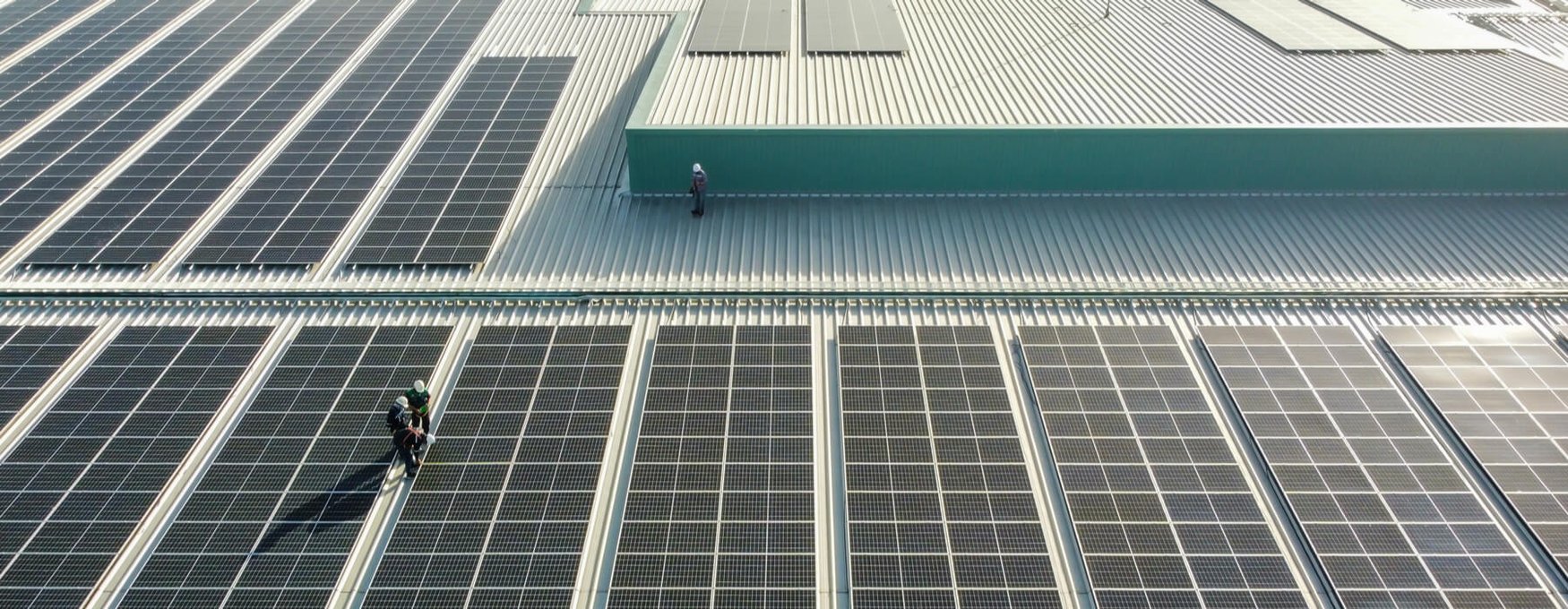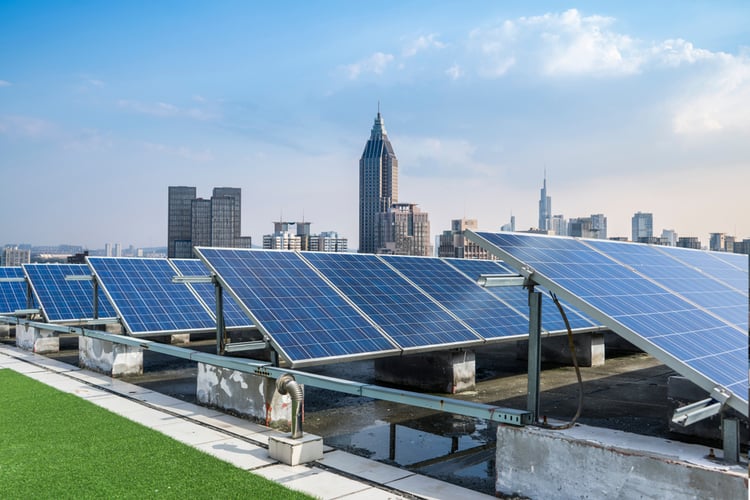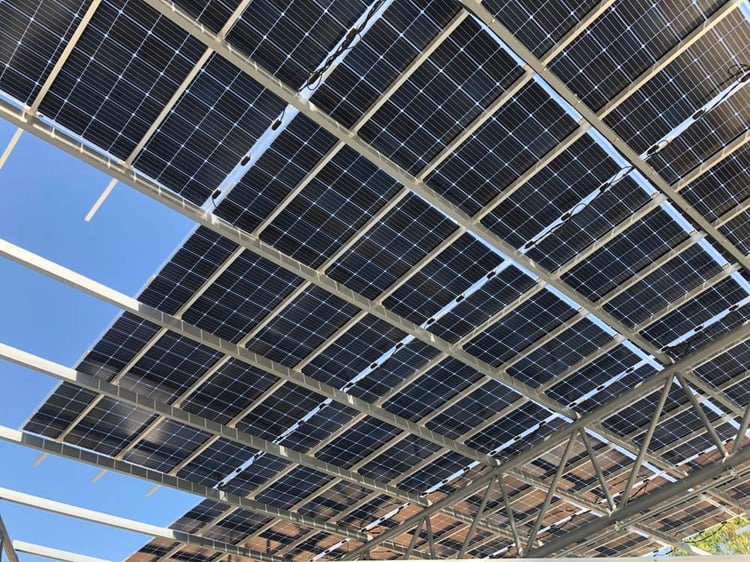Commercial Solar PV: 4 Design Tips to Boost Your Return on Investment

According to the Q4 2021 report from the Solar Energy Industries Association (SEIA), a commercial solar array has an average cost of $1.45 per watt in the US. You can expect a service life of 25 years or more when using high-quality solar panels, and their payback period can be less than 6 years with favorable site conditions.
Purchasing an asset with a service life much longer than its payback period is an excellent investment. However, this is only true if the solar PV system is properly designed and installed. Here we will share four design tips that can help improve your ROI when using solar power in commercial buildings.
Are you considering solar power for a commercial or industrial building? Get a professional design.
1) The Service Life of Solar Panels and Commercial Roofs Should Match

High-quality solar panels can last for more than 25 years, and many manufacturers now offer a matching 25-year product warranty. To take advantage of this durability, solar panels should be used on commercial roofs that will have the same service life. A roof replacement can be an expensive project, and costs are even higher when you must remove and reinstall a solar array. Also keep in mind that solar panels and other components may be damaged during the process, and you will most likely lose the warranty.
Considering this, the best time to install solar panels on a commercial building is right after construction when the roof is new, or along with a planned roof replacement. The worst-case scenario is being forced to replace a roof with solar panels installed, especially if they are relatively new. The additional cost of removing and reinstalling solar panels will consume a major portion of their lifetime savings: the ownership cost becomes much higher, and your ROI is drastically reduced.
2) The Solar Panel Layout Should Consider Maintenance Needs
Commercial roofs are often used for HVAC equipment like cooling towers and air-cooled chillers, and they also have drainage systems and vents. If you’re considering a solar PV array, its layout should not interfere with the operation and maintenance of these systems. The maintenance needs of the roof itself must also be taken into account.
To optimize your roof layout, an easy solution is working with the same engineering firm for the commercial solar design and MEP design. This will ensure that all equipment has enough clearance for maintenance, and you will also meet the rooftop access requirements of local fire codes.
Ideally, the commercial solar array should be split into groups of panels, with enough spacing for maintenance. With this layout, you can easily access a specific panel or roof location if necessary. On the other hand, when a commercial solar array lacks spacing between rows of panels, reaching the center is very difficult.
3) Consider a Reflective Roof Surface with Bifacial Solar Panels

As the operating temperature of solar panels increases, their productivity drops. This loss is typically 0.5% per °C or less when using high-quality PV modules, but it adds up as the temperature rises. For example, a 24°C rise in the operating temperature of solar panels will result in a productivity drop of up to 12%.
- Solar panels tend to have a higher operating temperature on opaque roofs, since they absorb more sunlight.
- By using a reflective roof surface, you can reduce the temperature of solar panels and improve their electricity output.
You can achieve even better results with bifacial solar panels, which have their photovoltaic cells exposed from above and below. This means they generate power with sunlight that reaches them directly, just like conventional solar panels, but also with sunlight reflected by the roof.
4) Make Sure the Solar Racking System Is Suitable for Your Commercial Roof
A commercial solar array will not damage your roof, as long as the racking system is compatible with its materials and structure. To achieve this, there must be clear communication between the roof designers and the solar designers. The roof must have enough structural capacity for the solar array, especially when using a ballasted racking system, which has additional weight.
Roof and solar racking materials must also be compatible, since they will remain in contact for more than two decades. You should avoid material combinations that will have corrosion or abrasion issues.
Ballasted racking systems are the easiest to install, since they are based on weight with no roof penetrations involved. However, ballasted racking systems are also heavier, and you may have abrasion issues in windy places. Solar racking systems with penetrating mounts involve more work, but they are better suited for commercial roofs that are constantly exposed to high winds.

Anuj Srivastava
Anuj Srivastava is a principal partner at NY Engineers. He is known for his MEP franchise market knowledge. Anuj is currently leading a team of 100+ MEP/FP engineers and has successfully led over 1500 franchise projects in the US.
Join 15,000+ Fellow Architects and Contractors
Get expert engineering tips straight to your inbox. Subscribe to the NY Engineers Blog below.



